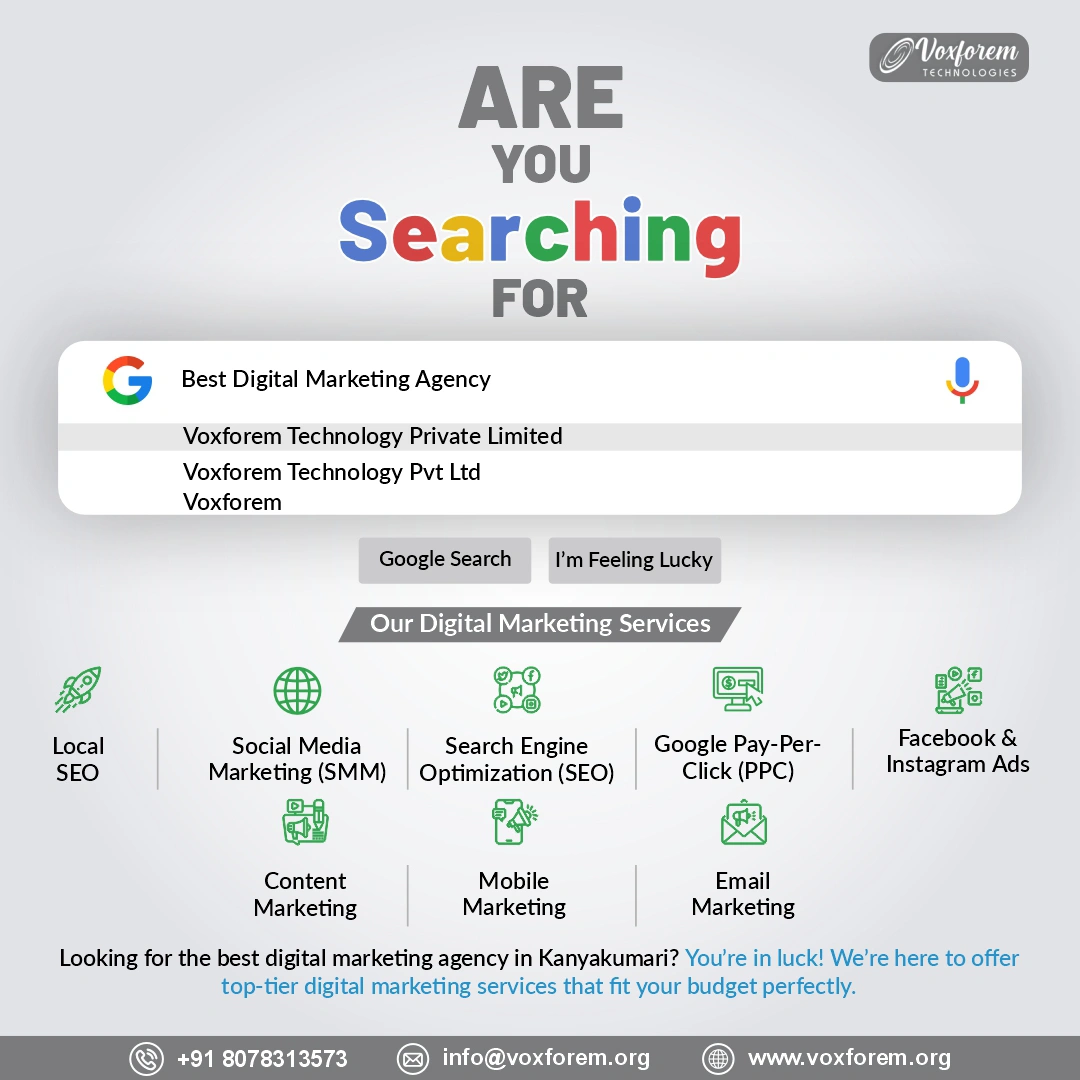How search engine optimization can benefit your business and the best practices
for using it in digital marketing.
In today's digital age, the importance of Search Engine Optimization (SEO).
in digital marketing has become undeniable. With millions of Google searches
conducted daily, brands are vying for top positions in search results to gain
visibility and success. As traditional advertising methods wane in popularity,
digital marketing has emerged as a dominant force, and SEO plays a critical role
in driving online success. This article will explore the significance of SEO in
digital marketing, its myriad benefits for businesses.
"We don't just build websites, we build websites that SELLS"
― Christopher Dayagdag
The Role of SEO in Digital Marketing
At its core, digital marketing is a strategy that harnesses the online landscape
to promote products, services, or businesses. It encompasses a wide range of
methods, including videos, posts, social media ads, and banners, to reach
potential audiences and grow businesses. This digital platform allows brands to
interact with a vast pool of potential customers and attract organic traffic to
their websites and applications.
A powerful tool that ensures a brand's content reaches its intended audience and
resonates with their interests. So, what is SEO in digital marketing? Simply
put, SEO refers to a set of practices aimed at elevating a website's ranking in
search engine results and increasing the visibility of products or services. The
ultimate goal is to create an accessible, user-friendly website with informative
content and straightforward navigation. By doing so, Google's algorithms are
more likely to push the content towards audiences who are genuinely interested
in the offerings.
The Benefits of SEO for Business
The integration of SEO in digital marketing brings forth a plethora of benefits
and addresses various Key Performance Indicators (KPIs). Below are some of the
key benefits:
Sales Increase: Through strategic keyword selection and
engaging content, SEO attracts a relevant audience more inclined to make
purchases. This targeted approach reduces customer acquisition costs and
ultimately boosts sales.
Brand Awareness:Particularly crucial for new businesses,
SEO helps establish brand identity by effectively communicating product or
service information, values, and vision. It also enables businesses to
gather valuable customer feedback to improve their offerings.
Improved User Experience: Google's emphasis on user
experience in rankings has led to a focus on creating user-friendly websites
with simple navigation. If users abandon a website quickly, it negatively
impacts search engine rankings.
Catering to Mobile Users: With the number of mobile phone
users surpassing those using laptops or PCs, catering to mobile users is
vital in broadening the target audience. SEO tools help assess mobile
website performance and optimize it accordingly.
Faster Page Load Time: Studies have shown that about 25% of
visitors leave a webpage if it takes longer than four seconds to load
properly. SEO best practices help identify and rectify speed issues,
resulting in improved page load times.
Types of SEO in Digital Marketing
To effectively utilize SEO in digital marketing, it's essential to understand the
different types of SEO:
On-Page SEO: This type of SEO involves optimizing
individual web pages to improve search rankings. It includes optimizing web
content, meta tags, and HTML source code.
Off-Page SEO: Off-page SEO focuses on building backlinks
and engaging in social media to curate content about the website from
external sources.
Technical SEO: Technical SEO pertains to improving
technical aspects of website performance, such as page speed, user
experience, and navigation.
Creating an Effective SEO Strategy
Building a successful SEO strategy requires expertise, understanding, and
adaptability due to the dynamic nature of search engine ranking rules. Here are
some best practices to create a robust SEO strategy:
Determine the Target Audience:A selective approach in SEO
aims to reach a smaller, more relevant potential customer base. Utilize
tools like Google Analytics to gain insights into visitor demographics and
preferences.
Identify the Semantic Core :SEO analysis helps identify
relevant keywords and understand the user intent behind searches.
Pinpointing why users perform specific searches is crucial in tailoring
content to their needs.
Set SEO Goals : Define measurable goals and track
performance using platforms like Google Analytics. Regularly update content
with new keywords to keep it relevant and engaging.
Provide Useful Content : prioritize the user experience by
offering educational, informative, and entertaining content. Seamless
navigation and well-curated content are essential for a positive user
experience.
Learn About Linking : Building backlinks is critical for
SEO, but it's essential to focus on quality over quantity. Collaborate with
reputable websites for link-building opportunities.
Consider Mobile Users : With mobile usage on the rise,
optimizing for mobile devices is crucial. Choose between responsive and
adaptive designs to cater to all popular devices.
Utilize social media : social media serves as a valuable
platform for link-building and off-page SEO. Engage potential clients with
relevant content and leverage hashtags and keywords.
Conclusion:
SEO is a key pillar in digital marketing that unlocks tremendous potential for
businesses to attract and engage their target audience, increase sales, and
establish a strong online presence. Embracing SEO best practices and staying
abreast of evolving trends and algorithms will position businesses for sustained
growth and success in the dynamic digital landscape.




















































